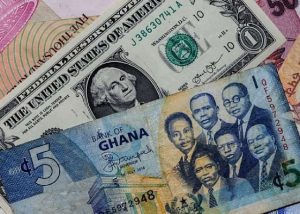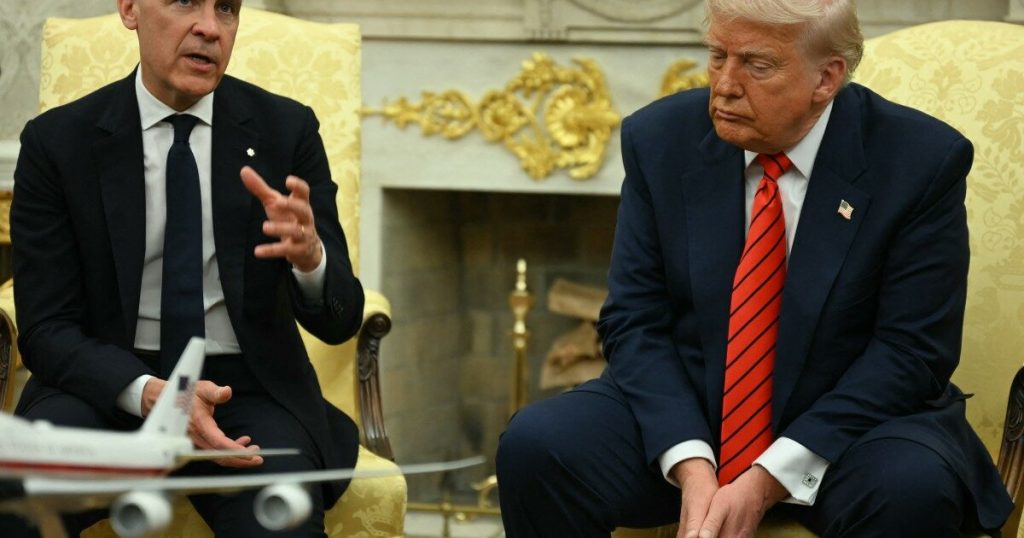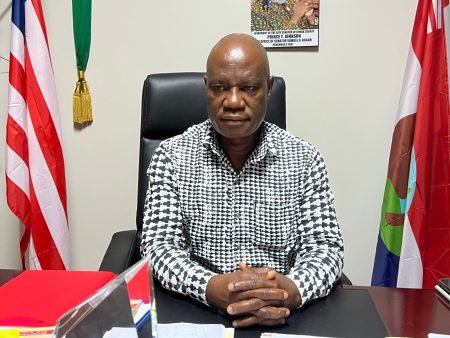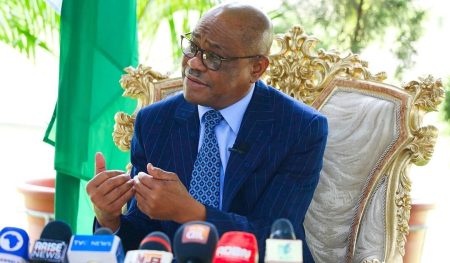The first official meeting between Canadian Prime Minister Mark Carney and US President Donald Trump at the White House was marked by underlying tension despite initial pleasantries. The meeting, held on Tuesday, came amidst a backdrop of trade disputes and Trump’s repeated, albeit unconventional, calls for Canada to become the 51st US state. While both leaders expressed a desire to negotiate a trade deal, their starkly contrasting approaches and body language hinted at the difficulty of achieving a mutually acceptable agreement.
Trump, known for his unconventional political style, began the meeting with a seemingly complimentary remark, praising Carney’s recent electoral victory as “one of the greatest comebacks in the history of politics.” However, he quickly reverted to his persistent proposition of Canada joining the United States, suggesting it would be a “wonderful marriage.” Carney, having campaigned on a platform of resisting Trump’s pressure tactics, firmly rebuffed the suggestion, drawing parallels between Canada and other sovereign entities like the Oval Office and Buckingham Palace, emphasizing they were “never for sale.” This exchange set the tone for the remainder of the meeting, highlighting the fundamental disagreement on the nature of the US-Canada relationship.
The underlying tension became increasingly palpable as the meeting progressed. Carney’s body language—tightly clasped hands and a nervously jiggling knee—betrayed his discomfort as Trump remained unyielding on the issue of car tariffs. The Canadian Prime Minister’s attempts to address the trade dispute met a blunt response from Trump, who asserted that nothing Carney could say would persuade him to lift the tariffs. This exchange underscored the challenge Carney faced in attempting to negotiate with a president known for his inflexible stance on trade issues. Furthermore, Trump’s persistence on the idea of Canada joining the US, despite Carney’s clear rejection, amplified the sense of disconnect between the two leaders.
The strained atmosphere was further exacerbated by Trump’s reference to a previous heated exchange with Ukrainian President Volodymyr Zelensky. While ostensibly intended to contrast the current meeting’s “friendly” nature, the allusion served to highlight Trump’s tendency towards confrontational diplomacy, implicitly reminding Carney of the potential for escalation. Carney’s restrained yet firm rebuttals, emphasizing the unwavering Canadian stance against becoming a US state, underscored his determination to resist Trump’s pressure tactics while maintaining a semblance of diplomatic decorum. The meeting concluded after just over two hours, with Carney offering a thumbs-up to reporters, leaving the ultimate outcome of the discussions uncertain.
The encounter was laden with significance, given Carney’s campaign pledge to stand up to Trump and reshape Canada’s relationship with the US. This represented a potentially seismic shift in the dynamics between the two North American neighbors, particularly in the context of trade and international alliances. Trump’s imposition of tariffs on Canadian goods, including steel, aluminum, and automobiles, had created a significant trade war, further complicating the already strained relationship. Carney’s election victory, driven in part by his promise to confront Trump’s protectionist policies, signaled a clear mandate from the Canadian electorate to defend national interests against perceived US encroachment.
The meeting between Carney and Trump was viewed by political analysts as a crucial test for the newly elected Canadian Prime Minister. Having built his campaign on the promise of effectively engaging with the unpredictable US president, Carney faced the challenge of translating his rhetoric into tangible diplomatic progress. His experience navigating economic crises as former governor of both the Bank of Canada and the Bank of England was seen as a valuable asset, but the encounter with Trump presented a unique and complex diplomatic challenge. The fact that Carney was not Justin Trudeau, the previous Prime Minister with whom Trump had a notoriously difficult relationship, offered a potential advantage, though the underlying tensions between the two countries remained significant. The meeting, therefore, represented a crucial first step in defining the future trajectory of US-Canada relations under Carney’s leadership.














